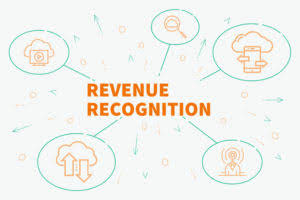What Is Shareholder Equity SE and How Is It Calculated?

Adam received his master’s in economics from The New School for Social Research and his Ph.D. from the University of Wisconsin-Madison in sociology. He is a CFA charterholder as total equity well as holding FINRA Series 7, 55 & 63 licenses. He currently researches and teaches economic sociology and the social studies of finance at the Hebrew University in Jerusalem.
The information needed to derive total equity can be found on a company’s balance sheet, which is one of its financial statements. The asset line items to be aggregated for the calculation are cash, marketable securities, accounts receivable, prepaid expenses, inventory, fixed assets, goodwill, and other assets. The liabilities to be aggregated for the calculation are accounts payable, accrued liabilities, short-term debt, unearned revenue, long-term debt, and other liabilities. All of the asset and liability line items stated on the balance sheet should be included in this calculation. In finance and accounting, equity is the value attributable to the owners of a business. The account may also be called shareholders/owners/stockholders equity or net worth.
AccountingTools
Let’s assume that ABC Company has total assets of $2.6 million and total liabilities of $920,000. To calculate total equity, subtract the total liabilities from the total assets. Company or shareholders’ equity is equal to a firm’s total assets minus its total liabilities. Company equity is an essential metric when determining the return being generated versus the total amount invested by equity investors. In essence, total equity is the amount invested in a company by investors in exchange for stock, plus all subsequent earnings of the business, minus all subsequent dividends paid out.
- If a company’s shareholder equity remains negative, it is considered to be balance sheet insolvency.
- A Total Equity Calculator is a financial tool used to determine the total equity of a company or individual.
- If used in conjunction with other tools and metrics, the investor can accurately analyze the health of an organization.
- Advocates of this method have included Benjamin Graham, Philip Fisher and Warren Buffett.
- General Motors’ total liabilities include accounts payable, accrued liabilities, notes payable, long-term debt, and pension liabilities.
- Total Equity is the value that would be returned to a company’s shareholders if all the assets were liquidated and all the company’s debts were paid off.
NEW YORK, NY – BofA Global Research has placed No. 1 in Institutional Investor’s 2023 global ranking of the top equity research providers, earning 182 total team positions across II’s 2023 equity team surveys. This account includes the amortized amount of any bonds the company has issued. Includes non-AP obligations that are due within one year’s time or within one operating cycle for the company (whichever is longest). Notes payable may also have a long-term version, which includes notes with a maturity of more than one year. Total equity is the total monetary value a business owns after all liabilities are taken into account.

Leave a Reply